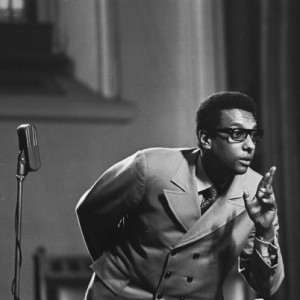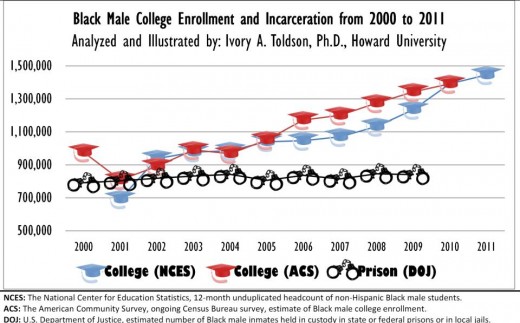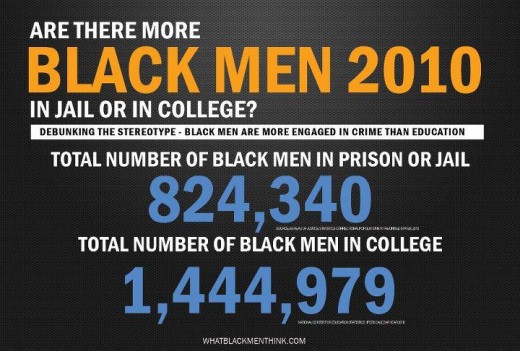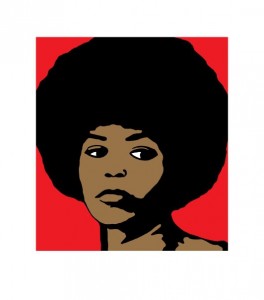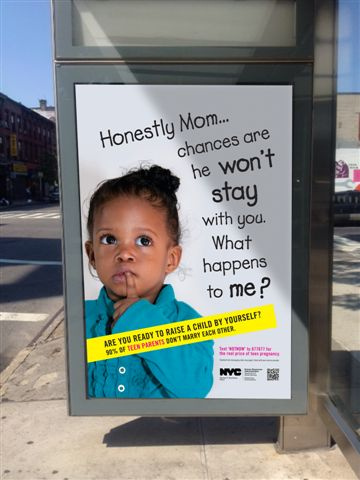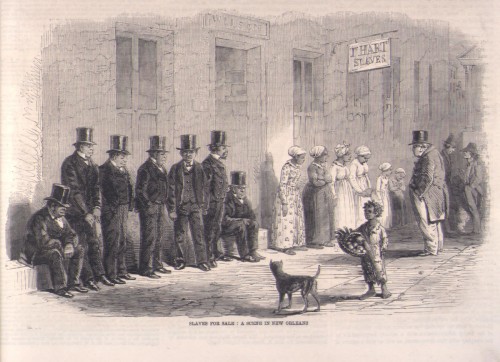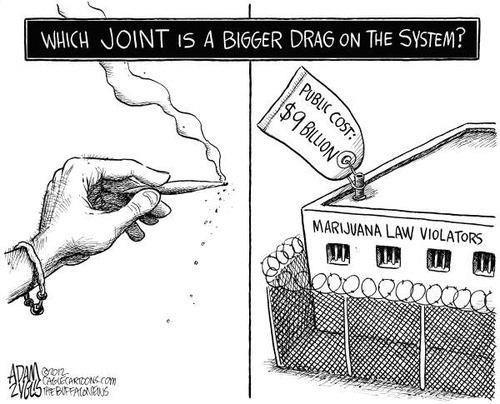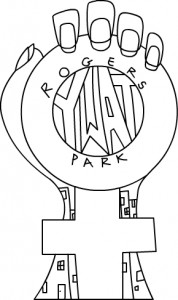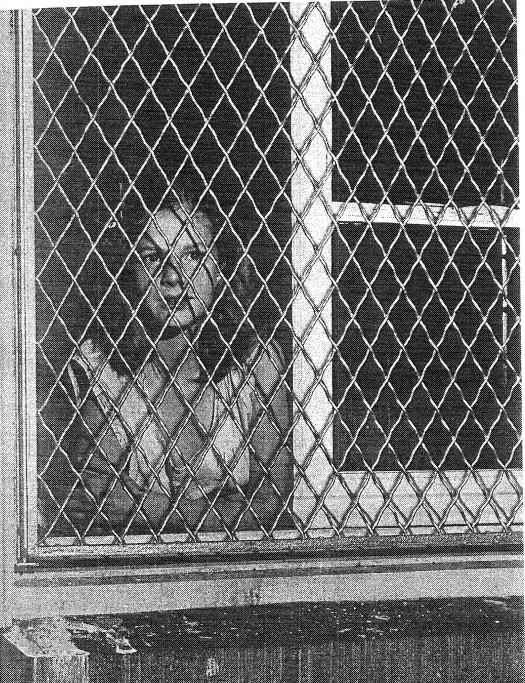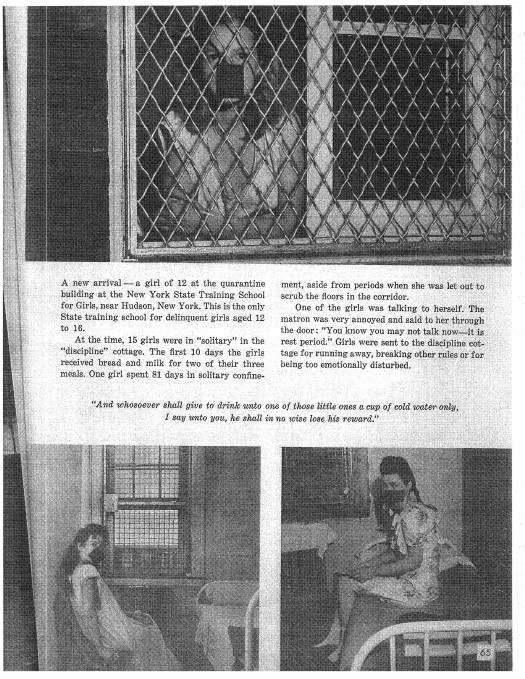Since We’re Apparently Talking About Racism (for at least one more day)…
Over the past couple of days, a column by Ta-Nehisi Coates in the New York Times has made the rounds on social media. In it, Coates basically makes the case that racism is endemic to American democracy. He followed up that column with a post on his blog expanding on his premise this morning. He writes:
These words owe an intellectual debt to one of the best thinkers about American racism that the United States has ever produced: Stokely Carmichael (later Kwame Ture). Carmichael has long been a touchstone for me and I return to his writing often. In a speech that he gave in July 1967 in London at the Congress on the Dialectics of Liberation, he outlines the difference between individual and institutional racism. Early on in his speech, he says:“Racism was created by policy. It will likely only be ultimately destroyed by policy. That is hard to take. If Forrest Whitaker sticks out in that deli for reasons of individual mortal sin, we can castigate the guy who frisked him and move on. But if he — and others like him — stick out for reasons of policy, for decisions that we, as a state, have made, then we have a problem. Then we have to do something beyond being nice to each other.”
“I’m a political activist. I don’t deal with the individual, I think it’s a cop out when people talk about the individual. What we’re talking about around the United States today, and I believe around the Third World, is the system of international white supremacy coupled with international capitalism. We’re out to smash that system.”
Carmichael is essentially making the point that to focus on the individual obscures the structural nature of oppression. We need to keep our eyes squarely on the root causes of oppression in order to have any chance to uproot and transform it.
Below I will quote extensively from the speech because I believe that what he has to say is as relevant today as it was in 1967 and since we’re apparently talking about racism (for at least one more day), I think that his words are instructive:
So I’m not going to talk about the individual. For one thing it will be seen that the black man’s alienation is not an individual question, it is a question of socio-diagnostics. The Negro problem does not resolve itself into the problem of individual Negroes living among white men, but rather of Negroes as a class that is exploited, enslaved, and despised by the colonialist, capitalist society, which is only accidentally white. But since it is accidentally white, that’s what we talk about — white Western society.
The other reason why I won’t talk about the individual is that whenever you raise questions about racial problems to white Western society, each white man says: “Well, don’t blame me, I’m only one person and I really don’t feel that way. Actually I have nothing against you, I see you as an equal. You’re just as good as I am — almost.” I want to clear that up — to point out the difference between individual racism and institutionalized racism.
The first type, individual racism, consist of overt acts by individuals, and usually the immediate result is the death of the victim, or the traumatic and violent destruction of property. This type can be recorded on T.V. cameras and can frequently be observed in the process.
The second type is less overt, far more subtle, less identifiable in terms of specific individuals committing the acts, but it is no less destructive of human life. It’s part of the overall operation of established and respected forces in the society, so it doesn’t receive the condemnation that the first type does.
Let me give you an example of the first type. When unidentified white terrorists bomb a black church and kill five black children, that is an act of individual racism, widely deplored by most segments of the world. But when in that same city, Birmingham, Alabama, not five but five hundred black babies die each year because of lack of proper food, shelter and medical facilities, and thousands more are destroyed and maimed physically, emotionally and intellectually because of conditions of poverty and discrimination in the black community, that is a function of institutionalized racism. When a black family moves into a home in a white neighborhood, and it is stoned, burned or routed out, that latter is an overt act of individual racism, and many people condemn that, at least in words. But it is institutionalized racism that keeps the black people locked in dilapidated slums, tenements, where they must live out their daily lives subject to the prey of exploitative slum landlords, merchants, loan sharks and the restrictive practices of real-estate agents. We’re talking now about the U.S., but I think you can apply a little of it to London. But the society either pretends it does not know of institutionalized racism, or is incapable of doing anything meaningful about the conditions of institutionalized racism. And the resistance to doing anything meaningful about institutionalized racism stems from the fact that Western society enjoys its luxury from institutionalized racism, and therefore, were it to end institutionalized racism, it would in fact destroy itself.
Carmichael’s words speak for themselves so they need no additional commentary from me. One only needs to look at today’s job numbers to understand of what he speaks.
Thanks to the magic of the internet, you should watch this report about a roundtable at the Congress on the Dialectics of Liberation that included Carmichael:
“In the summer of 1967, the Congress of the Dialectics of Liberation brought together in London critical theorists, political activists, poets, Marxists, anarchists, existential psychiatrists, and a broad spectrum of other leftist and countercultural figures, among them C. L. R. James, Paul Goodman, Allen Ginsberg, Angela Davis, Lucien Goldmann, and Gregory Bateson. Organized by David Cooper and R. D. Laing, both of whom were prominent figures in the 1960s anti-psychiatry movement that counted Foucault and Deleuze among its most recognizable adherents, the conference was devoted to a wide-ranging engagement with a diverse range of leftist issues, including debates on the future of capitalism, the role of violence in modern dissent, the possibility of revolution and liberation, and nascent forms of radical ecology and environmentalism. The intended purpose of the conference was to bring together leading leftist figures in an effort to create, as its organizers hoped, “a genuine revolutionary consciousness by fusing ideology and action on the levels of the individual and of mass society.”1 (Source: Brian Thill)
